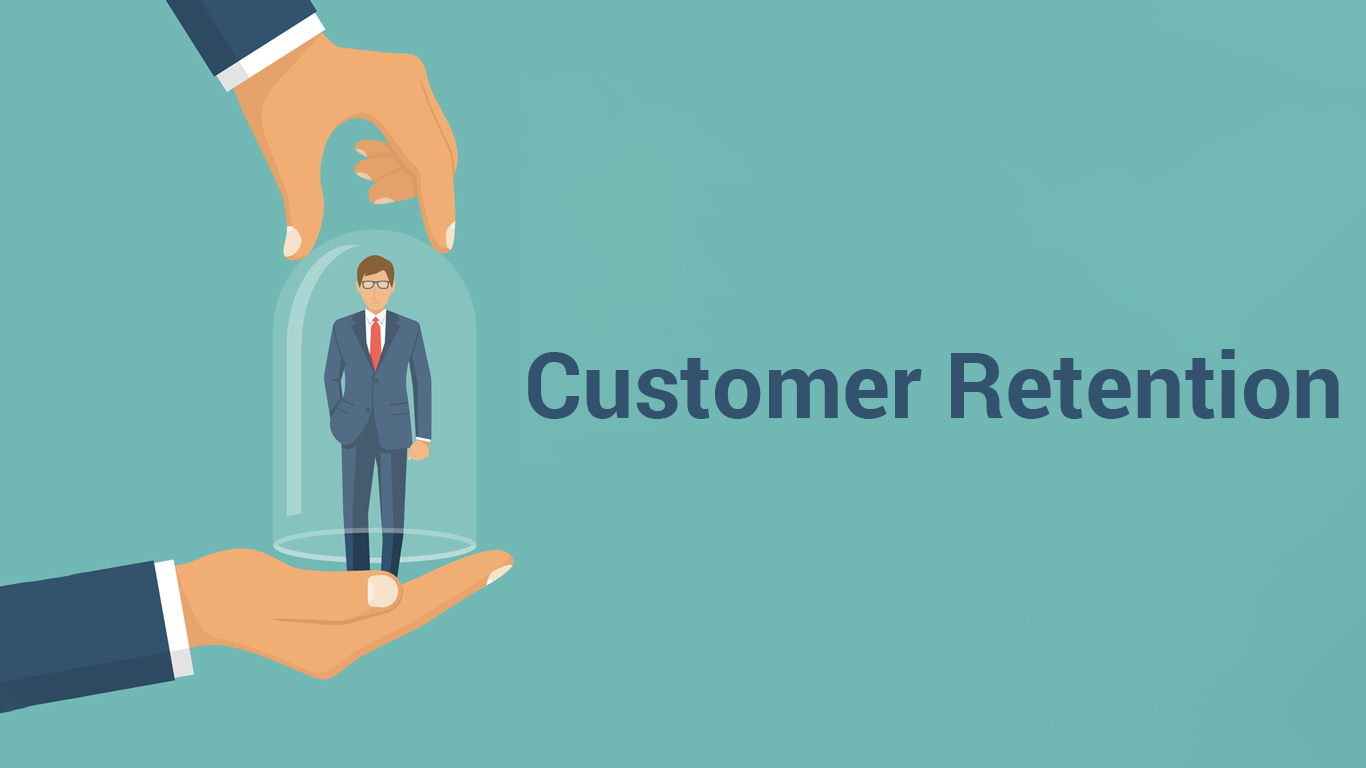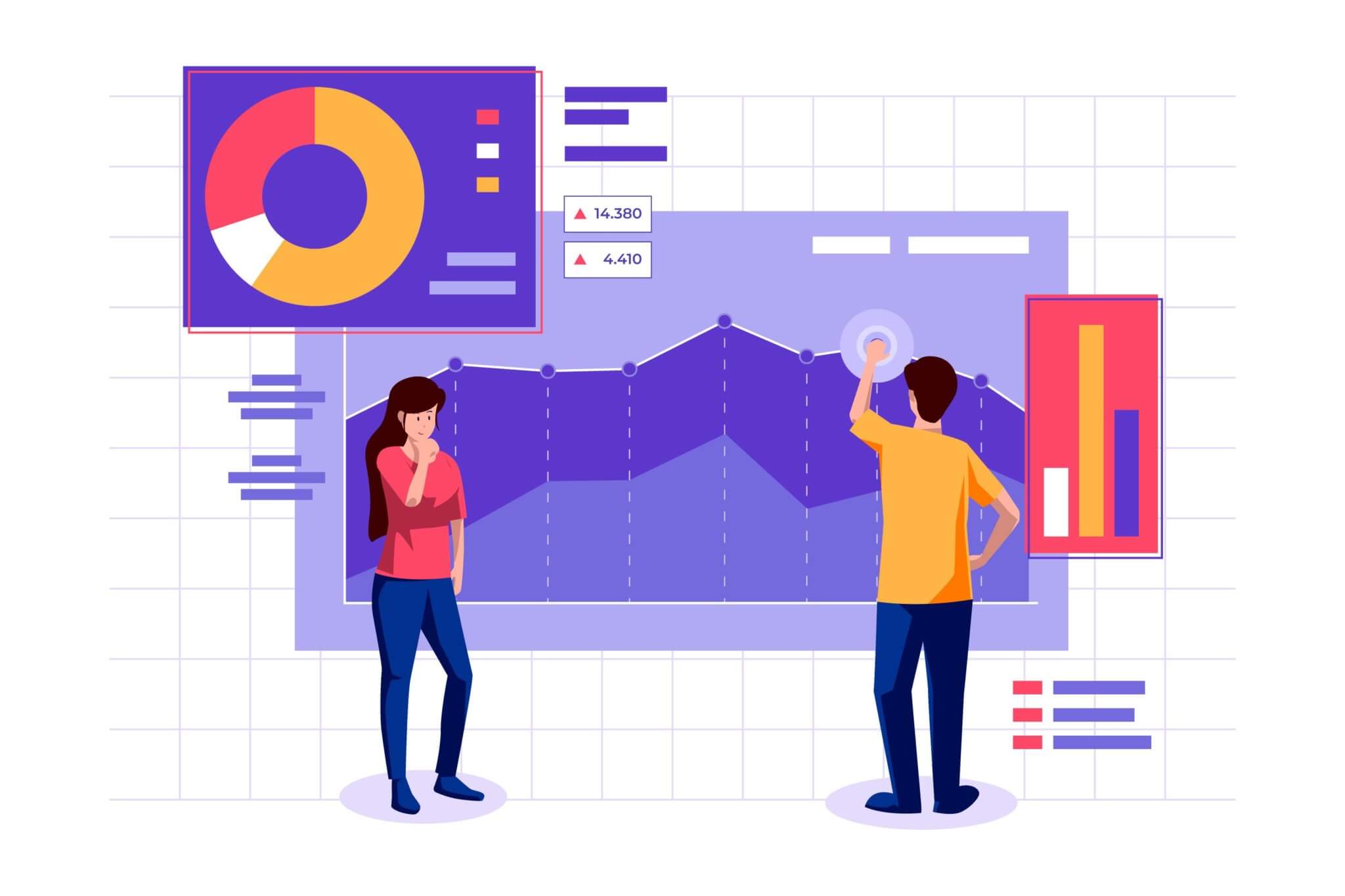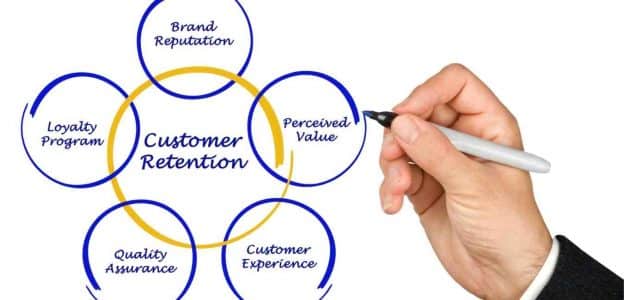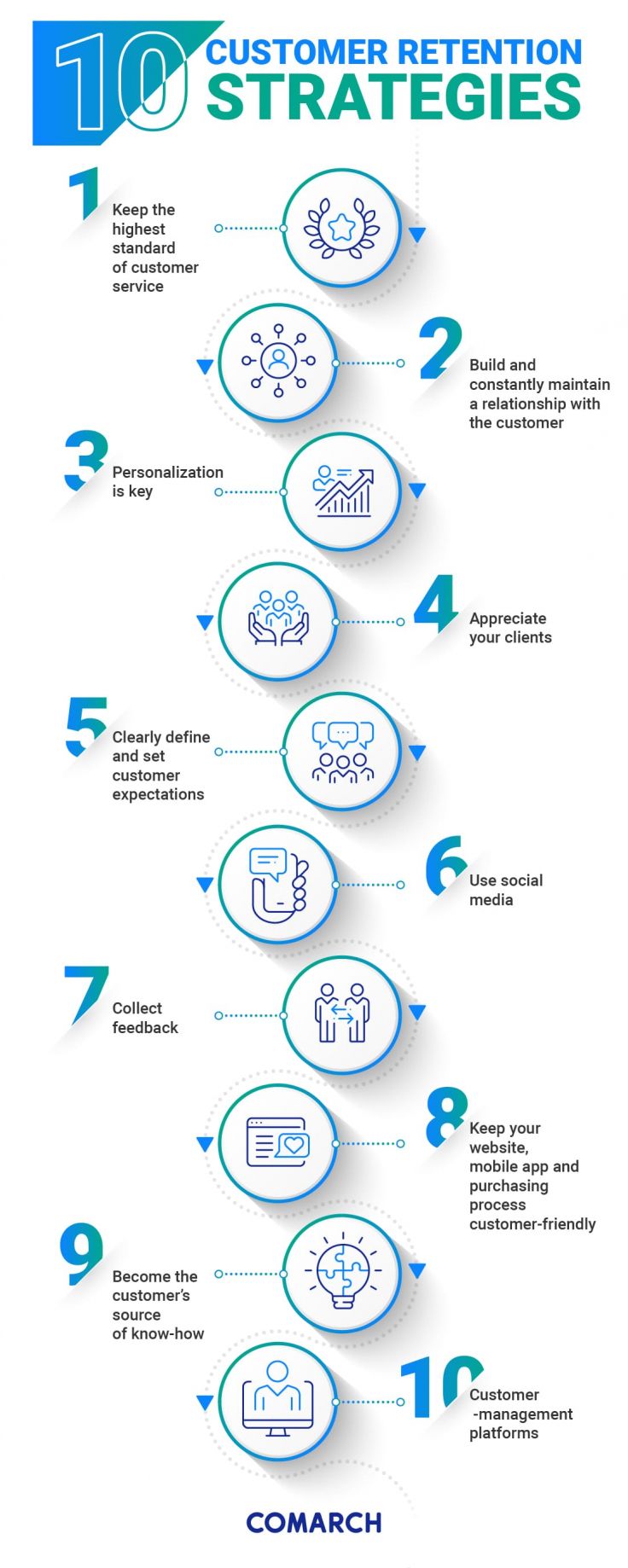Why Customer Retention is Key to Startup Success
For startups, acquiring new customers is a costly and time-consuming process. According to a study by Bain & Company, acquiring a new customer can be up to 7 times more expensive than retaining an existing one. This is why customer retention is a crucial aspect of startup growth and revenue. By implementing effective retention strategies, startups can reduce churn rates, increase customer lifetime value, and drive sustainable growth.
A strong retention strategy can have a significant impact on a startup’s bottom line. For example, a study by Gartner found that a 5% increase in customer retention can lead to a 25% increase in profits. This is because retained customers are more likely to make repeat purchases, provide positive word-of-mouth, and become brand advocates.
Startup growth retention strategies should focus on building strong relationships with customers, understanding their needs and pain points, and delivering value through personalized experiences. By doing so, startups can create a loyal customer base that drives growth and revenue over time. Effective retention strategies can also help startups to differentiate themselves from competitors and establish a strong market presence.
In today’s competitive market, startups need to prioritize customer retention to stay ahead of the curve. By investing in retention strategies, startups can reduce customer acquisition costs, increase customer loyalty, and drive long-term growth. In the next section, we will explore the importance of understanding the customer lifecycle and how it can inform retention strategies.
Understanding Your Customer Lifecycle: Identifying Pain Points and Opportunities
The customer lifecycle is a critical component of any startup growth retention strategy. It refers to the various stages that a customer goes through, from initial awareness to long-term loyalty. Understanding these stages is essential for developing targeted retention strategies that address the unique needs and pain points of each stage.
There are several key stages in the customer lifecycle, including acquisition, onboarding, retention, and advocacy. Each stage presents opportunities for startups to engage with customers, build relationships, and deliver value. By understanding these stages, startups can identify pain points and develop strategies to address them.
For example, Amazon uses customer lifecycle data to inform its retention efforts. The company tracks customer behavior and preferences, using this data to deliver personalized recommendations and offers. This approach has helped Amazon to build a loyal customer base and drive long-term growth.
Netflix is another company that uses customer lifecycle data to inform its retention strategies. The company tracks customer viewing habits and preferences, using this data to deliver personalized content recommendations. This approach has helped Netflix to build a loyal customer base and drive long-term growth.
By understanding the customer lifecycle, startups can develop targeted retention strategies that address the unique needs and pain points of each stage. This approach can help startups to build a loyal customer base, drive long-term growth, and stay ahead of the competition.
In the next section, we will explore the importance of creating a seamless onboarding experience, including personalized communication, intuitive product design, and proactive support. We will also discuss the role of engagement metrics in measuring the effectiveness of these tactics.
How to Build a Loyal Customer Base: Effective Onboarding and Engagement Tactics
Building a loyal customer base is crucial for startup growth and retention. One of the most effective ways to achieve this is through a seamless onboarding experience. A well-designed onboarding process can help to reduce churn rates, increase customer satisfaction, and drive long-term growth.
Personalized communication is a key component of an effective onboarding experience. Startups can use data and analytics to deliver targeted messages and offers that resonate with their customers. For example, a startup can use email marketing automation to send personalized welcome messages, product tutorials, and special offers to new customers.
Intuitive product design is also essential for a seamless onboarding experience. Startups should design their products to be easy to use, with clear and concise instructions, and minimal friction. This can help to reduce customer frustration, increase engagement, and drive long-term retention.
Proactive support is another critical component of an effective onboarding experience. Startups should provide multiple channels of support, including email, phone, and live chat, to help customers quickly resolve any issues or concerns. This can help to build trust, increase customer satisfaction, and drive long-term loyalty.
Engagement metrics are also essential for measuring the effectiveness of onboarding and engagement tactics. Startups should track metrics such as customer acquisition cost, customer lifetime value, and churn rate to understand the impact of their onboarding and engagement strategies. This can help to identify areas for improvement, optimize the onboarding process, and drive long-term growth.
By implementing these effective onboarding and engagement tactics, startups can build a loyal customer base, drive long-term growth, and stay ahead of the competition. In the next section, we will explore the importance of using data analytics to inform startup growth and retention strategies.
The Power of Data-Driven Decision Making: Leveraging Analytics for Growth
Data analytics is a powerful tool for startup growth and retention. By leveraging data and analytics, startups can gain valuable insights into customer behavior, preferences, and pain points. This information can be used to inform data-driven decision making, optimize the user experience, and drive growth.
Companies like Airbnb and Uber are great examples of how data analytics can be used to drive growth and retention. Airbnb uses data analytics to optimize its pricing algorithm, ensuring that hosts can maximize their earnings while also providing a competitive pricing strategy for guests. Uber uses data analytics to optimize its routing algorithm, reducing wait times and improving the overall user experience.
Startups can use data analytics to inform their growth and retention strategies in a number of ways. For example, they can use data to identify trends and patterns in customer behavior, such as which features are most popular or which channels are most effective for acquisition. They can also use data to measure the effectiveness of their marketing campaigns, identifying which channels are driving the most conversions and adjusting their strategy accordingly.
Data analytics can also be used to optimize the user experience, improving customer satisfaction and driving retention. For example, startups can use data to identify pain points in the user experience, such as friction points in the onboarding process or areas where customers are getting stuck. They can then use this information to make data-driven decisions about how to improve the user experience, such as simplifying the onboarding process or adding additional support resources.
By leveraging data analytics, startups can make data-driven decisions that drive growth and retention. This approach can help startups to stay ahead of the competition, drive long-term growth, and achieve sustainable success.
In the next section, we will explore the importance of creating a sticky product, including the role of user experience, simplicity, and feedback mechanisms in driving customer retention.
Creating a Sticky Product: Designing for Customer Retention
Product design plays a critical role in driving customer retention for startups. A well-designed product can create a positive user experience, build trust, and encourage customers to return. In this section, we will explore the importance of user experience, simplicity, and feedback mechanisms in creating a sticky product that drives customer retention.
User experience is a key factor in creating a sticky product. Startups should design their products to be intuitive, easy to use, and visually appealing. This can be achieved through user research, testing, and iteration. By understanding the needs and pain points of their customers, startups can design products that meet their expectations and exceed their needs.
Simplicity is also essential for creating a sticky product. Startups should aim to create products that are easy to understand and use, with minimal complexity and friction. This can be achieved through clear and concise language, intuitive navigation, and minimal features. By keeping things simple, startups can reduce customer frustration and increase engagement.
Feedback mechanisms are also critical for creating a sticky product. Startups should provide customers with regular feedback and updates, such as progress bars, notifications, and alerts. This can help to build trust, increase engagement, and encourage customers to return. By providing customers with a sense of progress and achievement, startups can create a positive user experience that drives customer retention.
Examples of products that have achieved high retention rates through effective design include Dropbox, Slack, and Instagram. These products have created a positive user experience through intuitive design, simplicity, and feedback mechanisms. By understanding the needs and pain points of their customers, these startups have designed products that meet their expectations and exceed their needs.
In the next section, we will explore the importance of measuring what matters, including the key metrics that startups should track to measure growth and retention.
Measuring What Matters: Key Metrics for Startup Growth and Retention
Measuring the effectiveness of startup growth retention strategies is crucial for driving long-term success. By tracking key metrics, startups can identify areas for improvement, optimize their strategies, and make data-driven decisions. In this section, we will explore the key metrics that startups should track to measure growth and retention.
Customer acquisition cost (CAC) is a critical metric for startups to track. CAC refers to the cost of acquiring a new customer, including marketing and sales expenses. By tracking CAC, startups can identify areas where they can optimize their acquisition strategies and reduce costs.
Lifetime value (LTV) is another key metric for startups to track. LTV refers to the total value of a customer over their lifetime, including repeat purchases and referrals. By tracking LTV, startups can identify high-value customers and develop targeted retention strategies to keep them engaged.
Churn rate is also a critical metric for startups to track. Churn rate refers to the percentage of customers who cancel or stop using a product or service over a given period. By tracking churn rate, startups can identify areas where they can improve their retention strategies and reduce customer loss.
Other key metrics that startups should track include customer satisfaction (CSAT), net promoter score (NPS), and retention rate. By tracking these metrics, startups can gain a comprehensive understanding of their customers’ needs and preferences, and develop targeted strategies to drive growth and retention.
For example, a startup that tracks CAC, LTV, and churn rate may identify that their acquisition costs are high, but their LTV is also high. This may indicate that the startup needs to optimize its acquisition strategies to reduce costs, while also developing targeted retention strategies to keep high-value customers engaged.
By tracking key metrics and using data to inform their growth and retention strategies, startups can drive long-term success and achieve sustainable growth.
In the next section, we will explore the importance of fostering a culture of retention, including the role of employee engagement, empowerment, and incentives in driving customer retention.
Fostering a Culture of Retention: How to Keep Your Team Aligned and Motivated
Company culture plays a critical role in driving customer retention for startups. A strong company culture can foster a sense of community, encourage employee engagement, and drive motivation. In this section, we will explore the importance of company culture in driving customer retention, highlighting the role of employee engagement, empowerment, and incentives.
Employee engagement is a key factor in driving customer retention. When employees are engaged and motivated, they are more likely to provide excellent customer service, which can lead to increased customer satisfaction and loyalty. Startups can foster employee engagement by providing opportunities for growth and development, recognizing and rewarding outstanding performance, and encouraging open communication and feedback.
Empowerment is also essential for driving customer retention. When employees are empowered to make decisions and take action, they are more likely to provide personalized and effective solutions to customer problems. Startups can empower employees by providing them with the autonomy to make decisions, providing them with the necessary tools and resources, and encouraging them to take ownership of their work.
Incentives can also play a critical role in driving customer retention. By providing incentives for employees to prioritize customer retention, startups can encourage them to focus on building strong relationships with customers and providing excellent customer service. Incentives can include rewards for meeting customer satisfaction targets, bonuses for retaining customers, and recognition for outstanding customer service.
Examples of companies that have achieved high retention rates through strong company culture include Zappos, Warby Parker, and REI. These companies have fostered a sense of community, encouraged employee engagement, and empowered employees to provide excellent customer service. By prioritizing company culture, startups can drive customer retention and achieve long-term success.
In the next section, we will explore the importance of scaling your retention strategy, including how to balance personalization with automation, and how to stay agile in response to changing customer needs.
Scaling Your Retention Strategy: How to Adapt to Changing Customer Needs
As startups grow and scale, their retention strategies must also adapt to changing customer needs. In this section, we will explore the importance of balancing personalization with automation, and how to stay agile in response to changing customer needs.
Personalization is a key factor in driving customer retention. By tailoring the customer experience to individual preferences and needs, startups can build strong relationships with their customers and increase loyalty. However, as startups scale, personalization can become increasingly difficult to maintain. Automation can help to solve this problem, by allowing startups to personalize the customer experience at scale.
Automation can also help startups to streamline their retention strategies, by automating routine tasks and freeing up resources for more strategic initiatives. However, automation must be balanced with personalization, to ensure that customers receive a tailored experience that meets their individual needs.
Staying agile in response to changing customer needs is also critical for startups. As customer needs and preferences evolve, startups must be able to adapt their retention strategies to meet these changing needs. This can be achieved through continuous feedback and iteration, as well as a willingness to pivot and adjust the retention strategy as needed.
Examples of startups that have successfully adapted their retention strategies to changing customer needs include Spotify, which has used data and analytics to personalize the customer experience and drive retention, and Warby Parker, which has used automation to streamline its retention strategy and free up resources for more strategic initiatives.
By balancing personalization with automation, and staying agile in response to changing customer needs, startups can drive customer retention and achieve long-term success.








